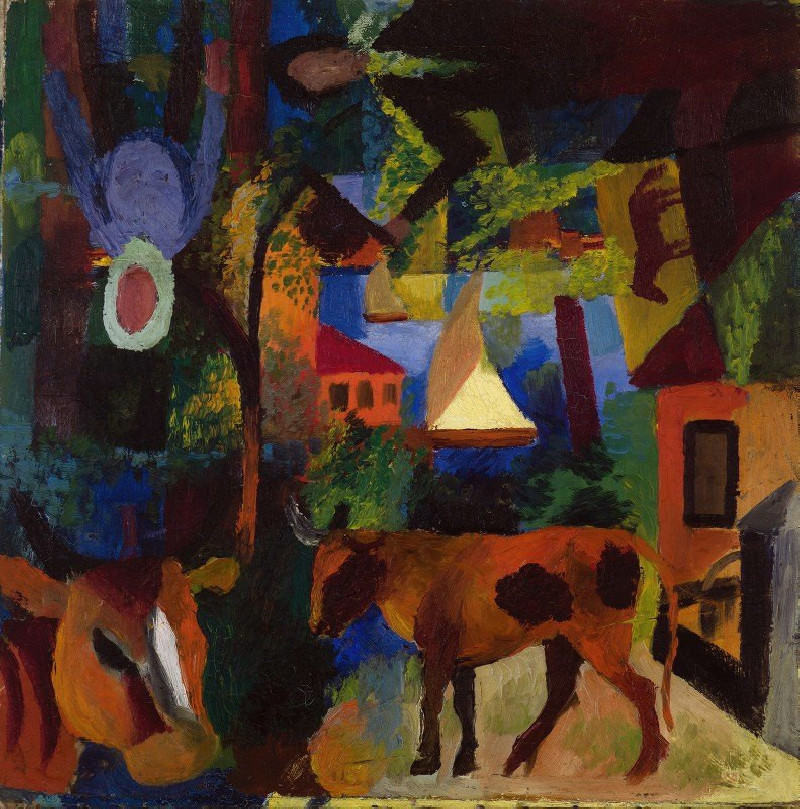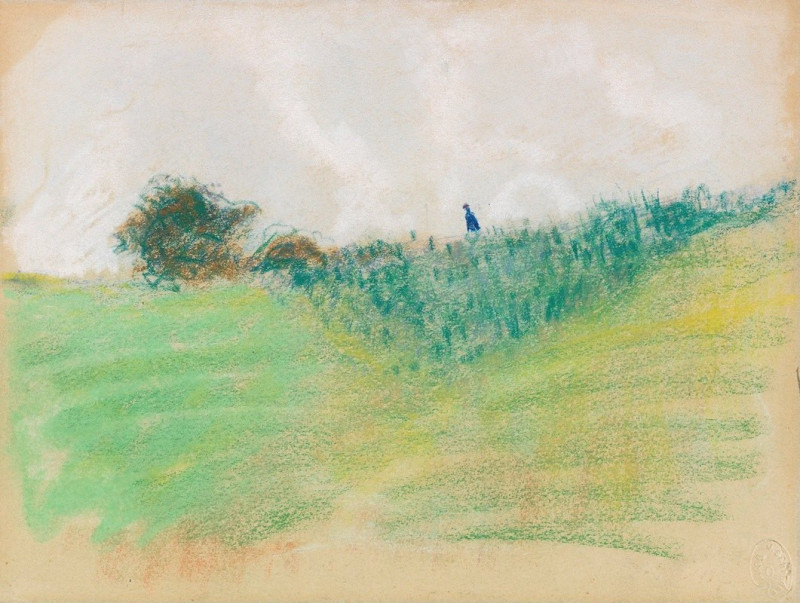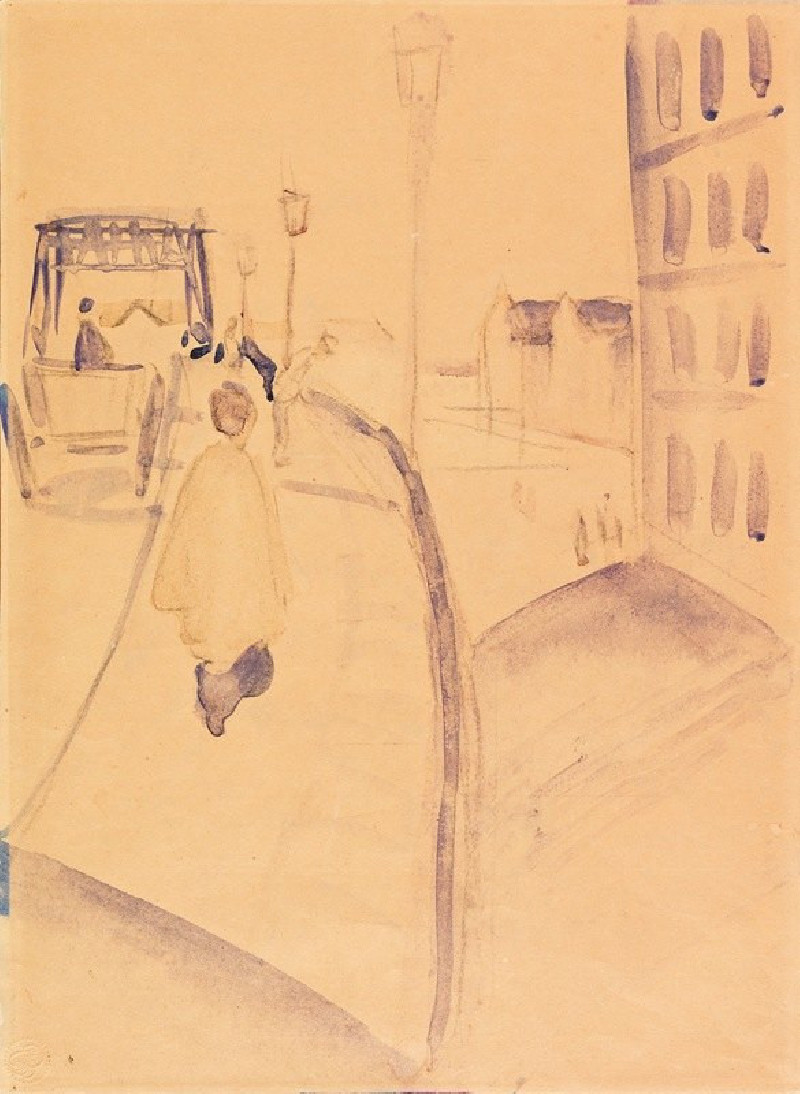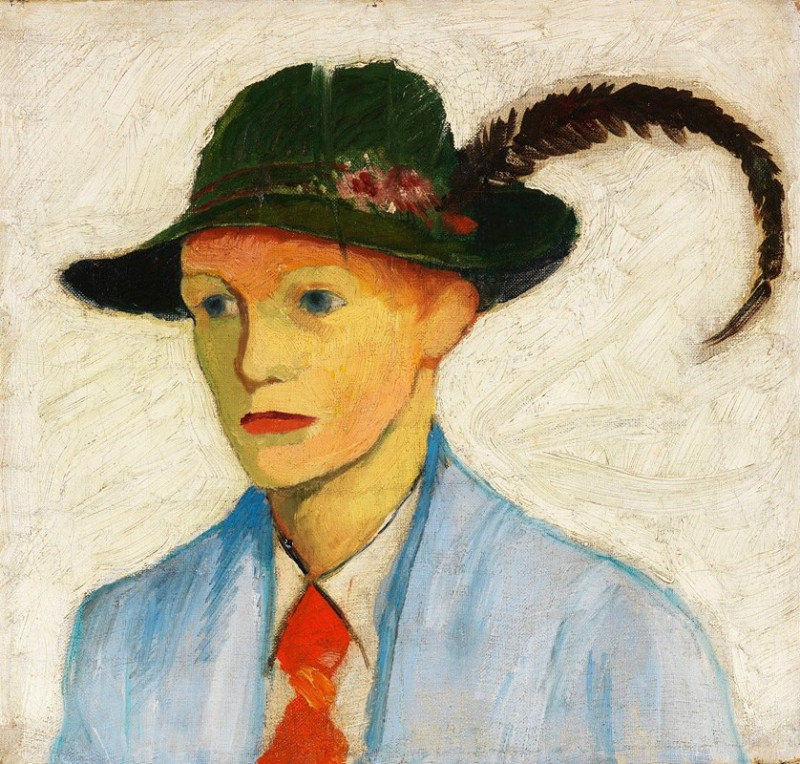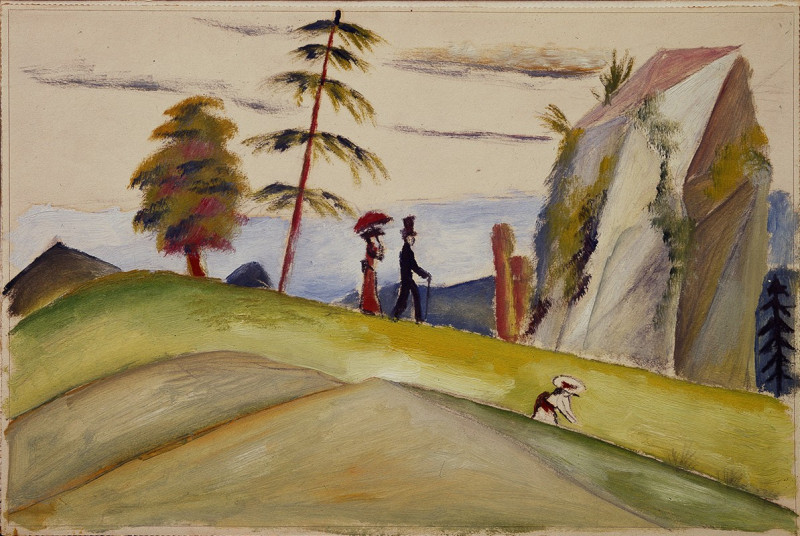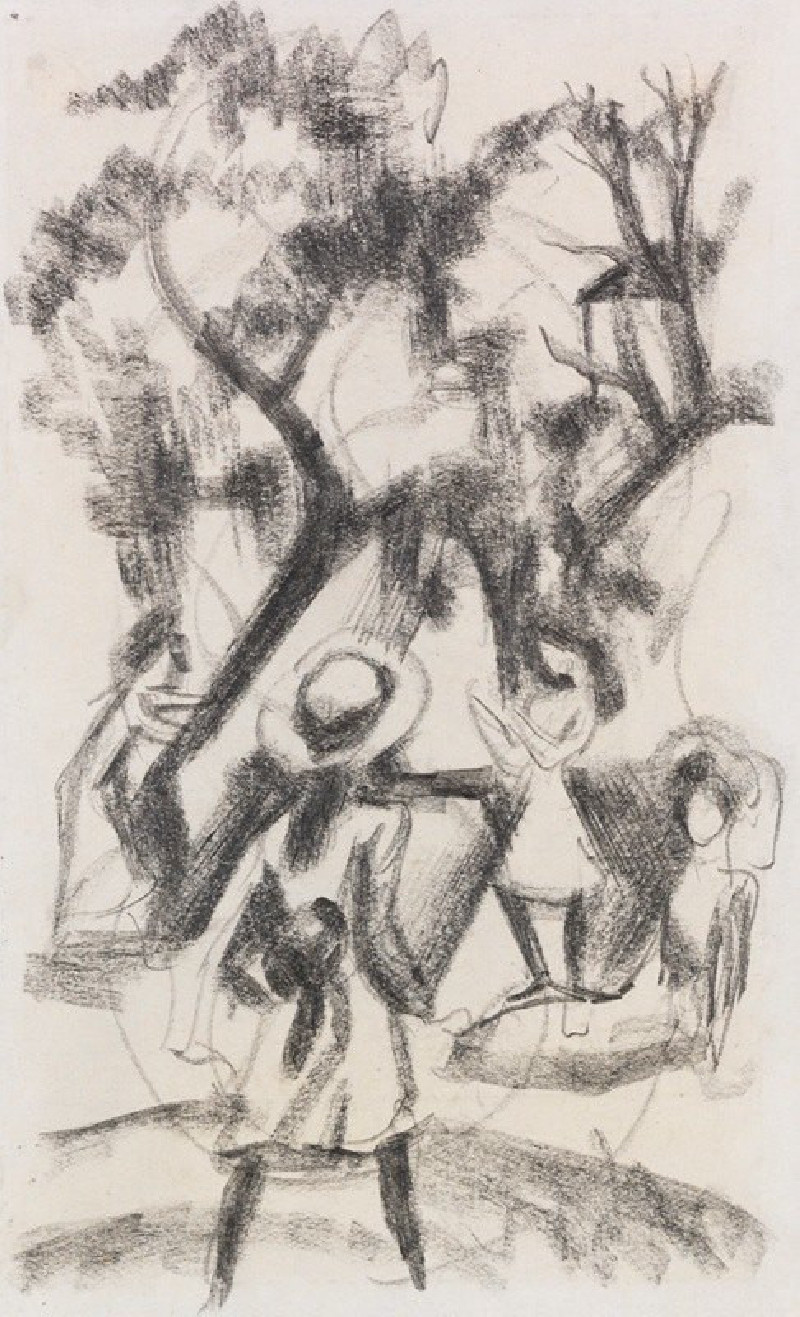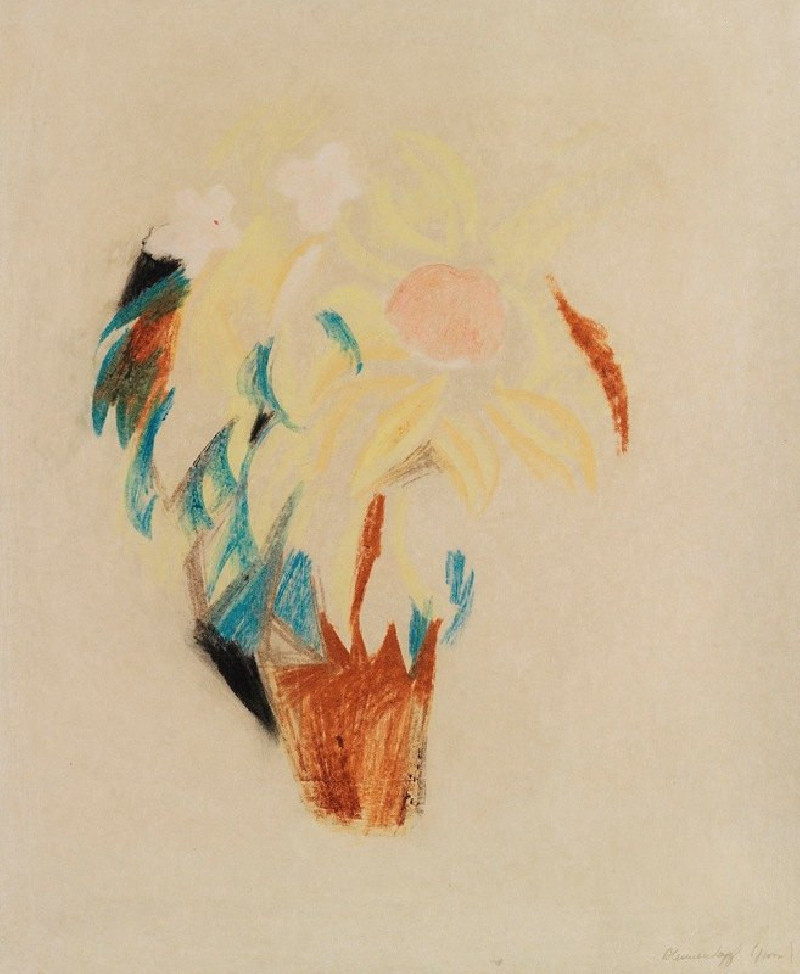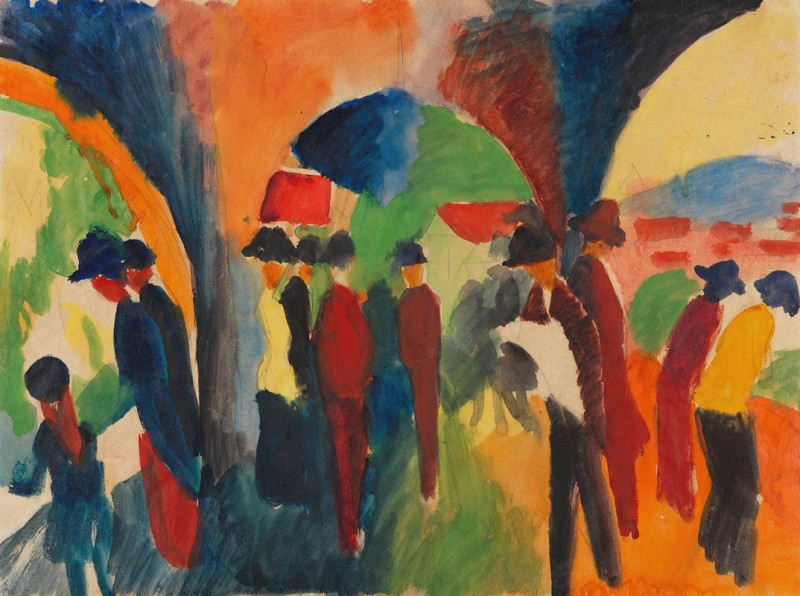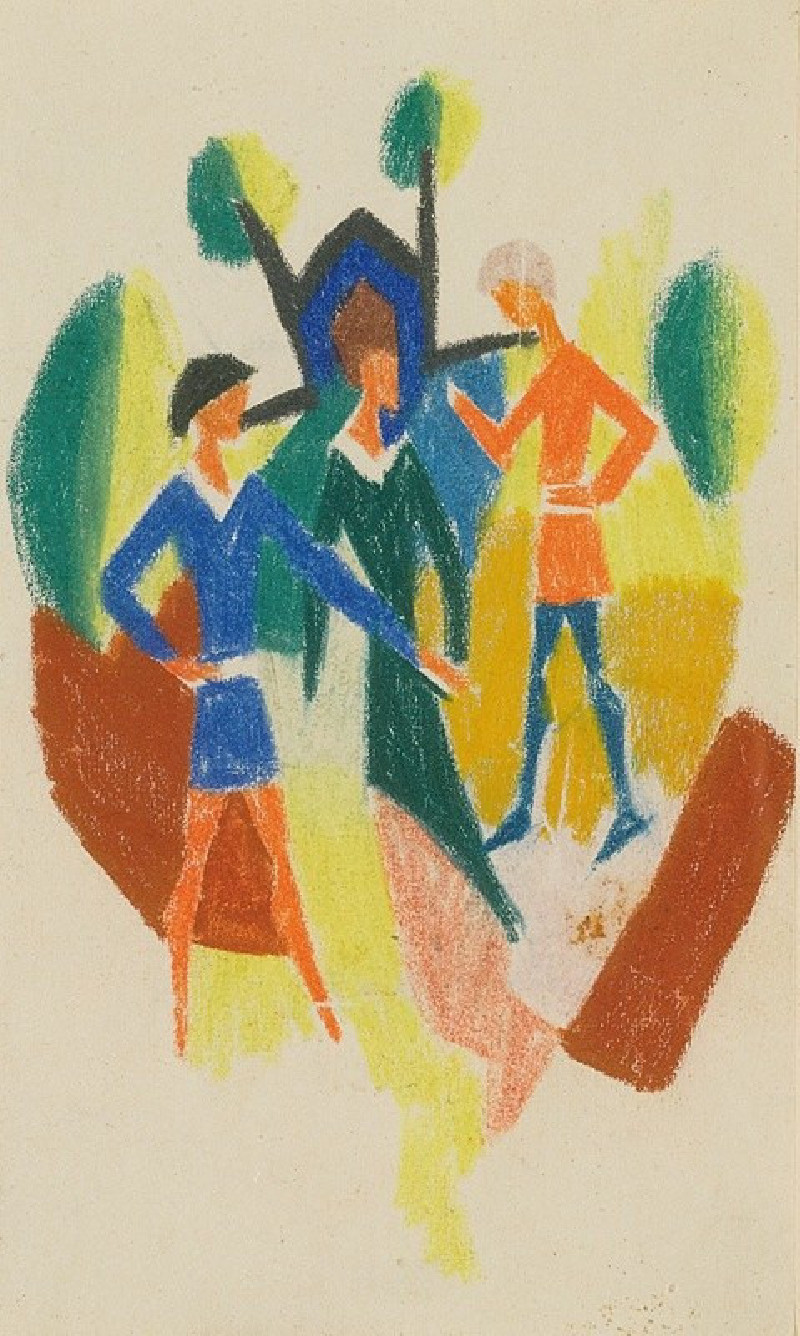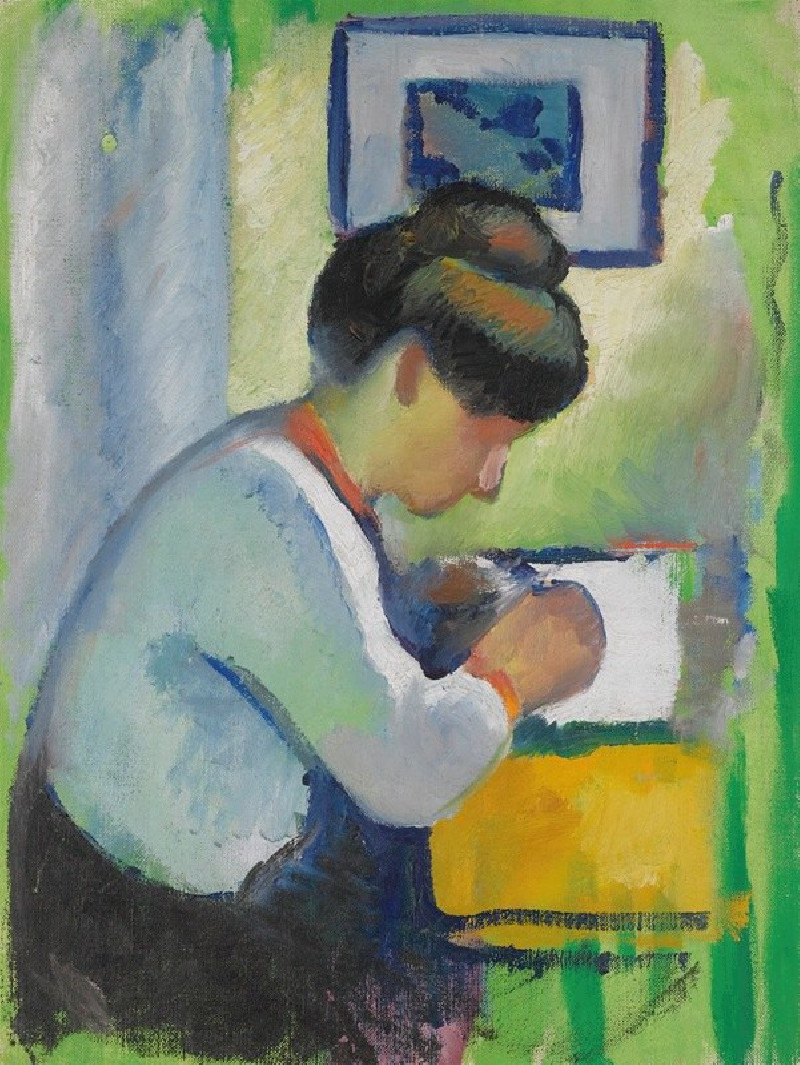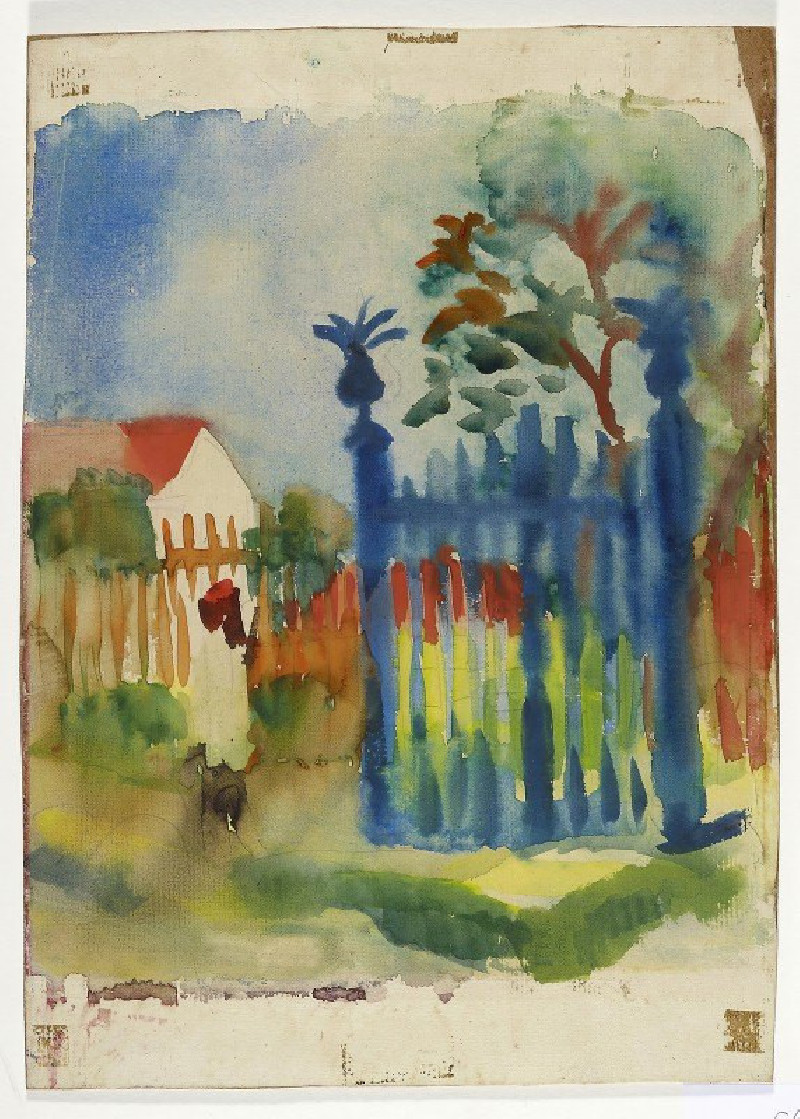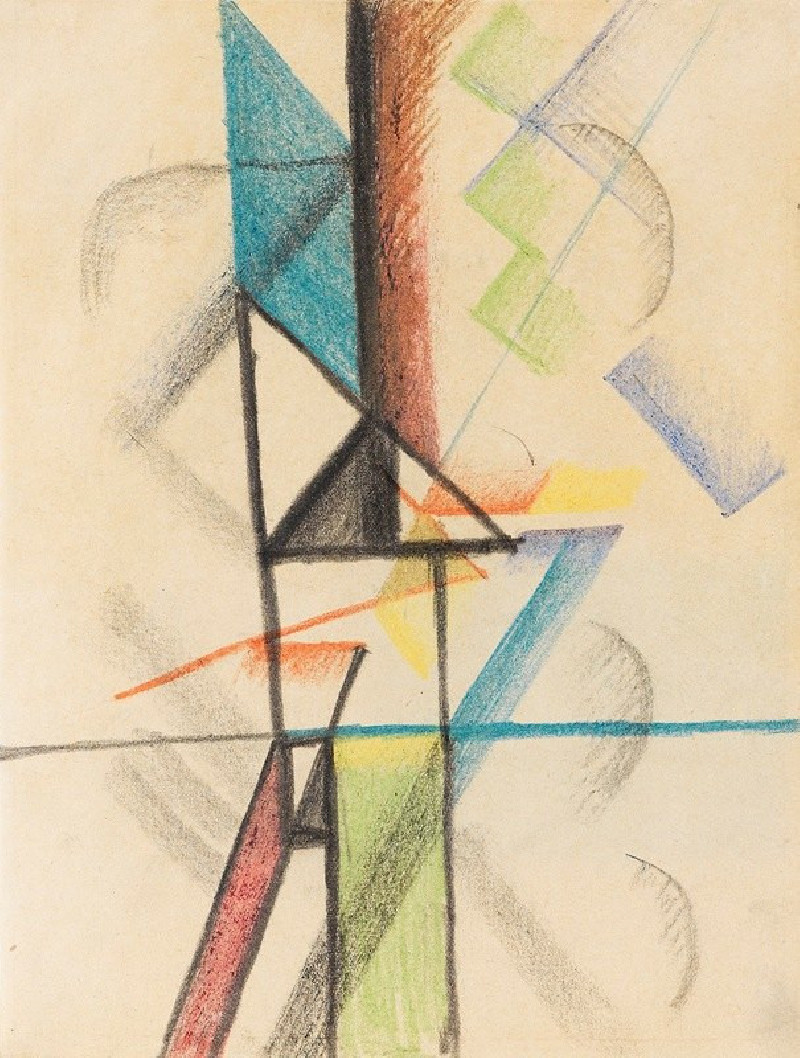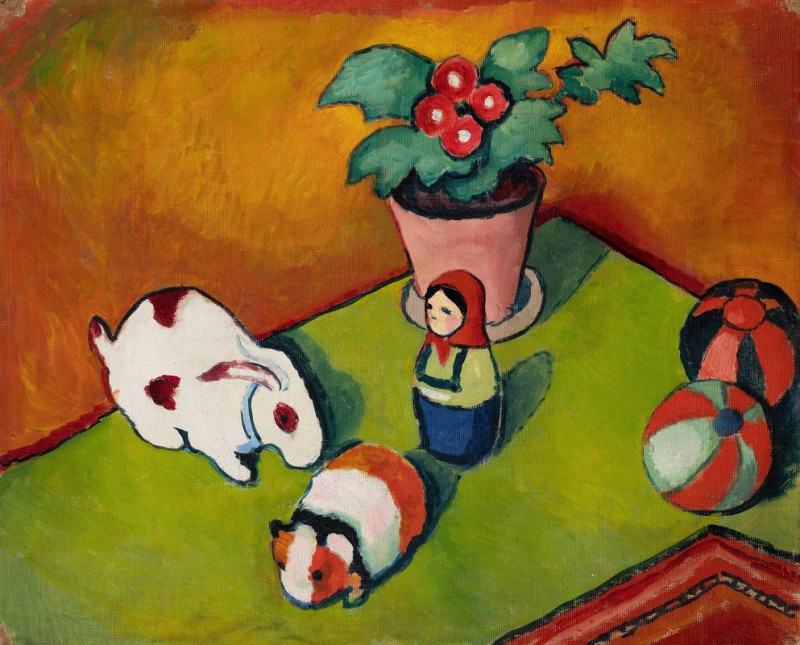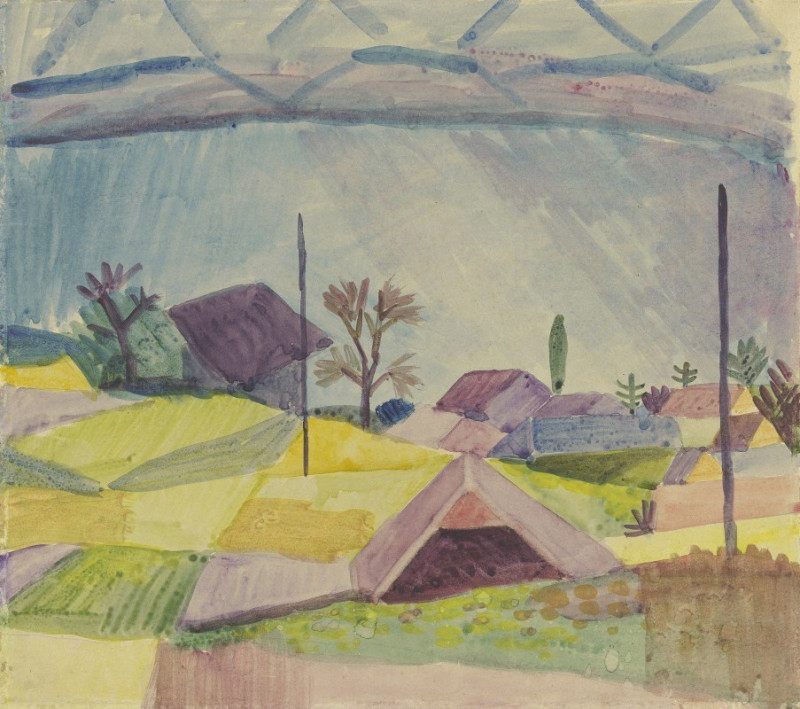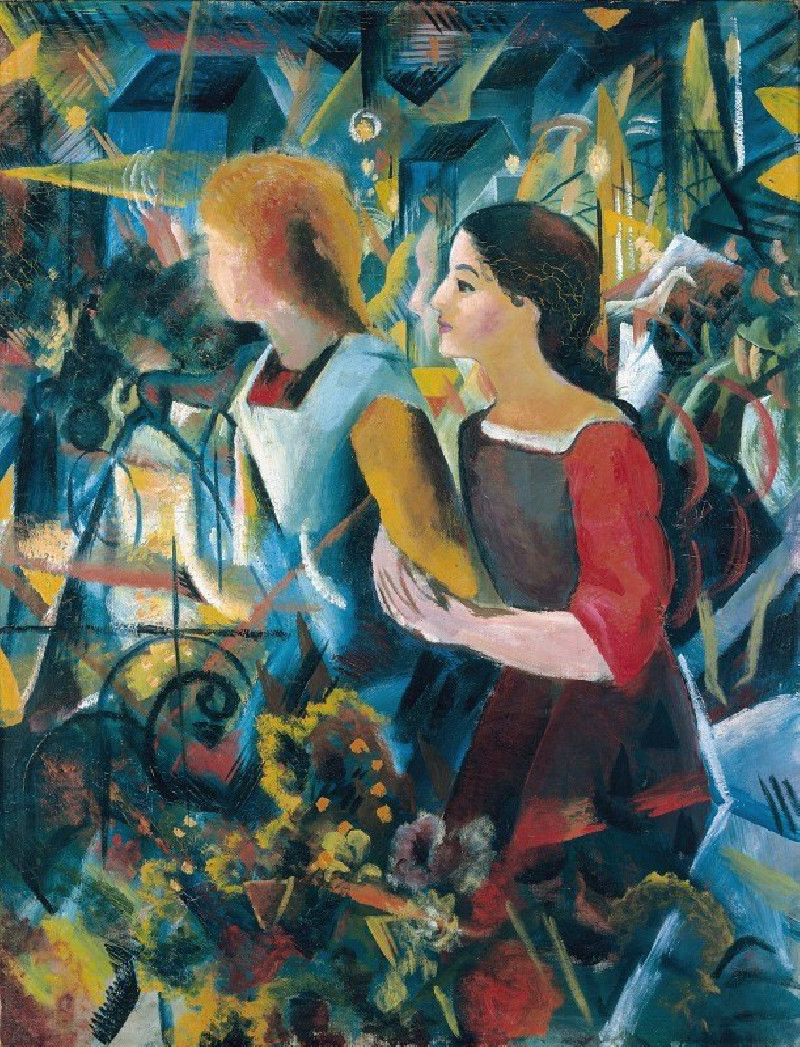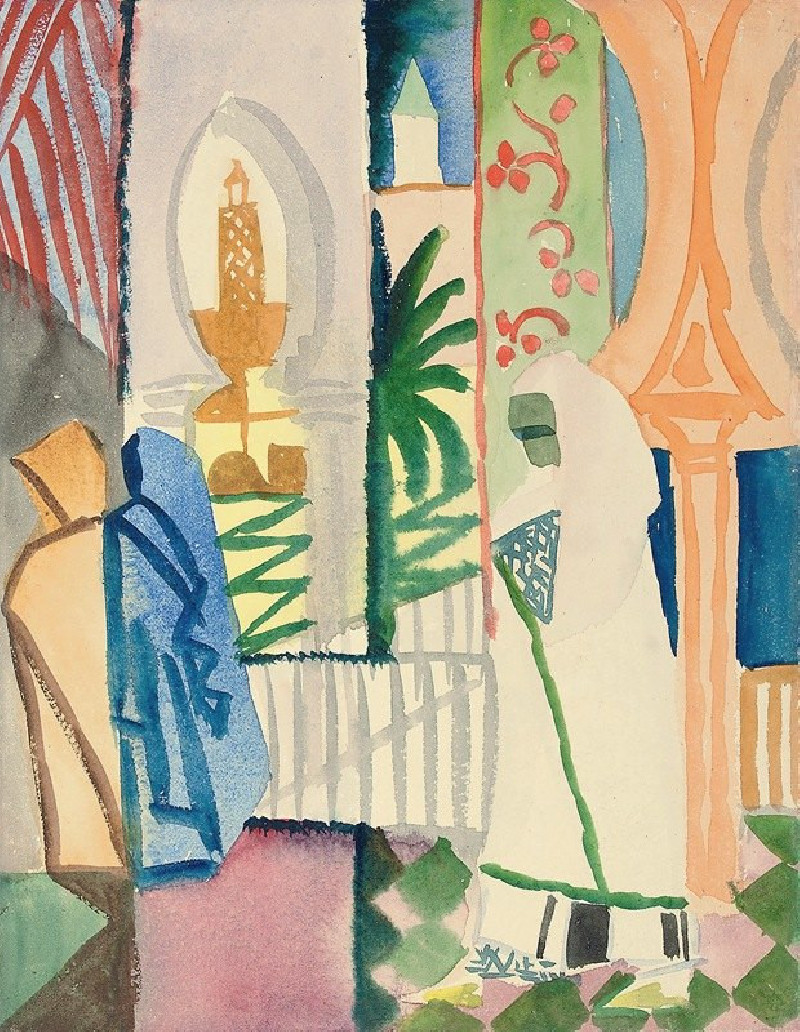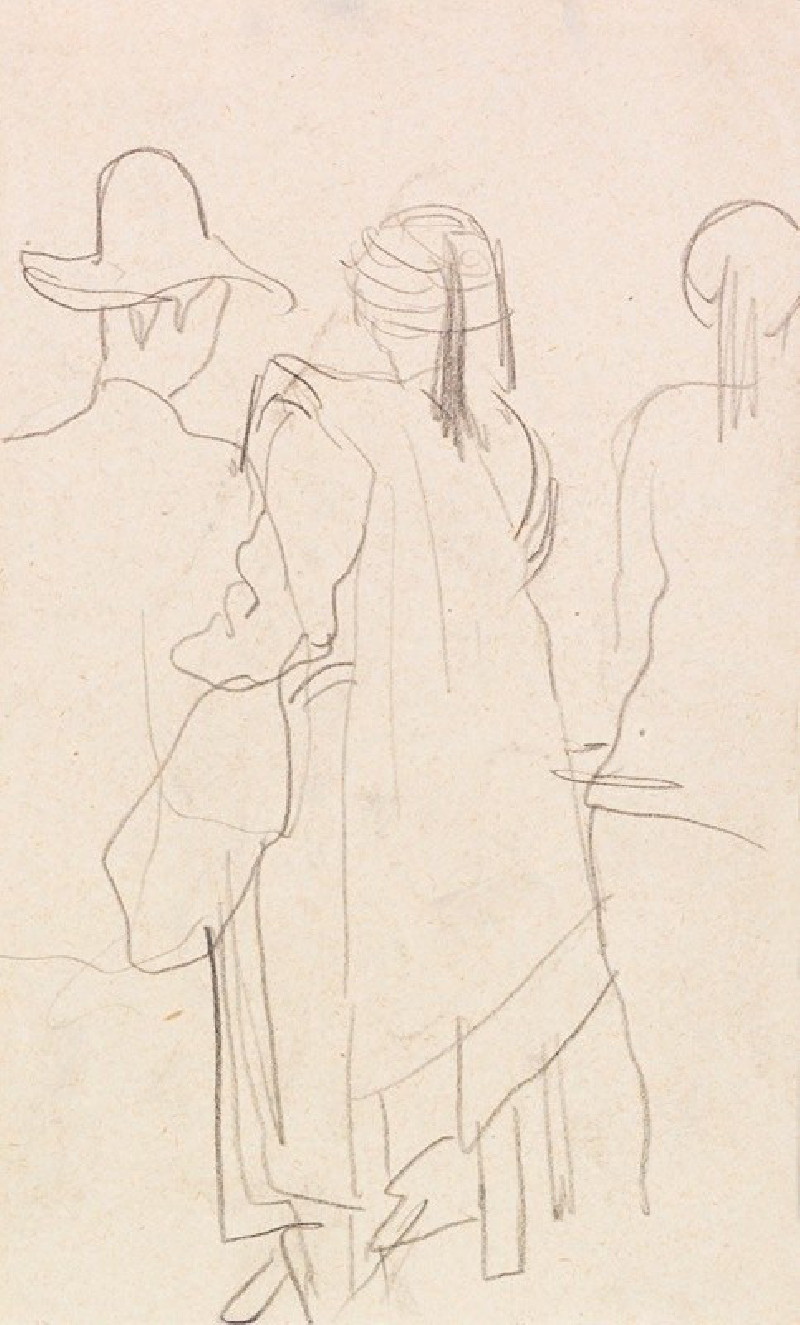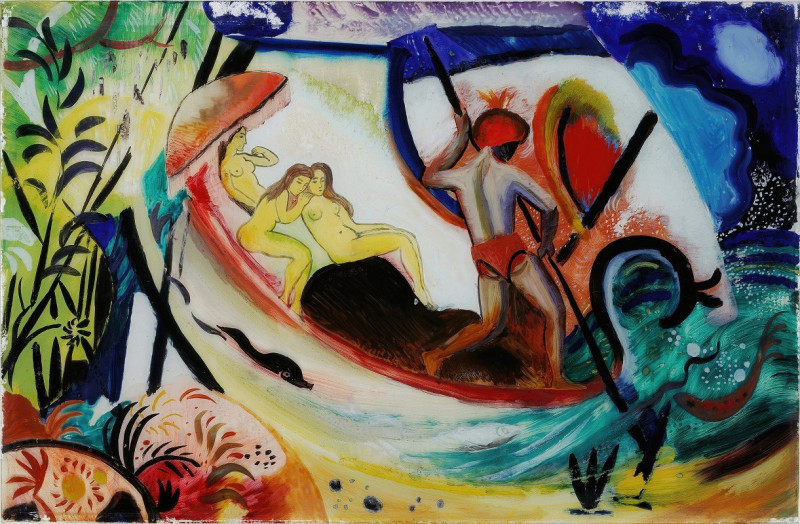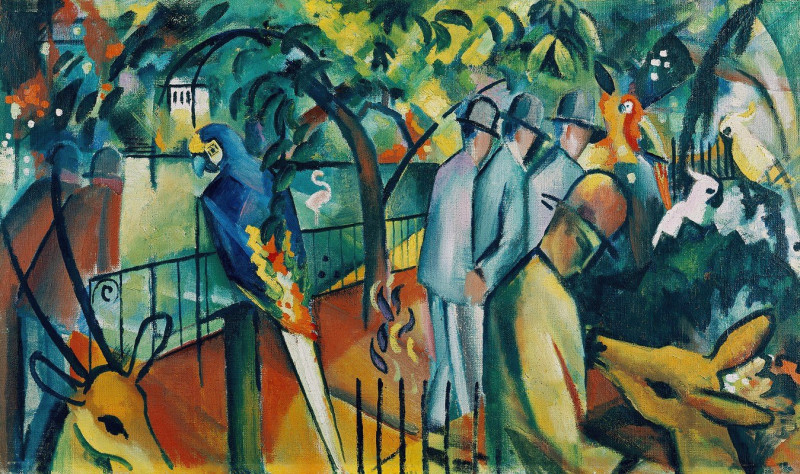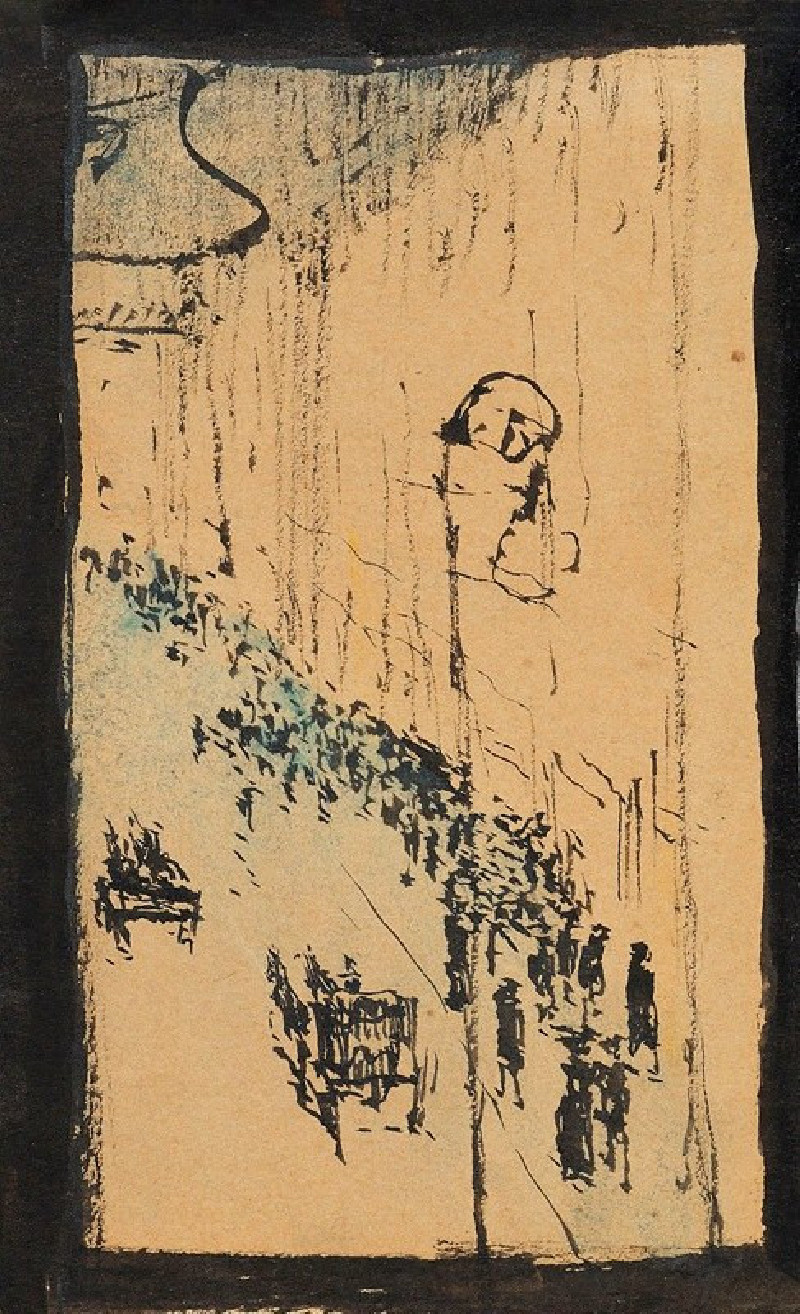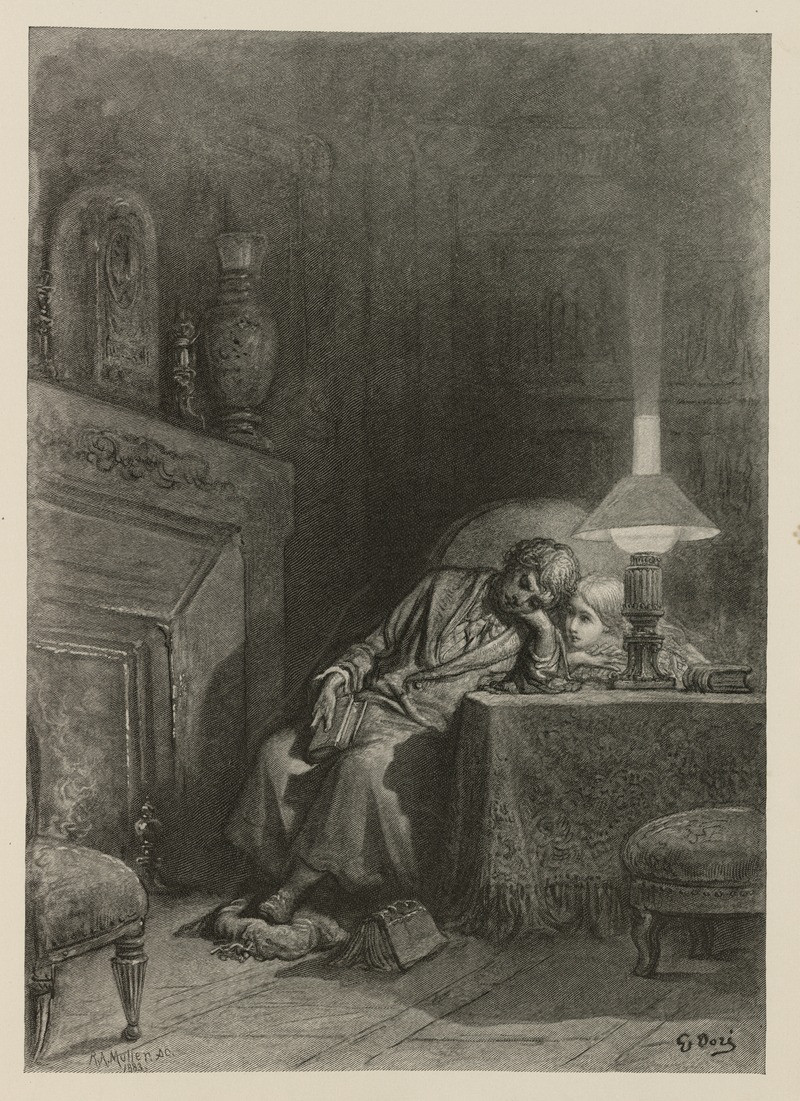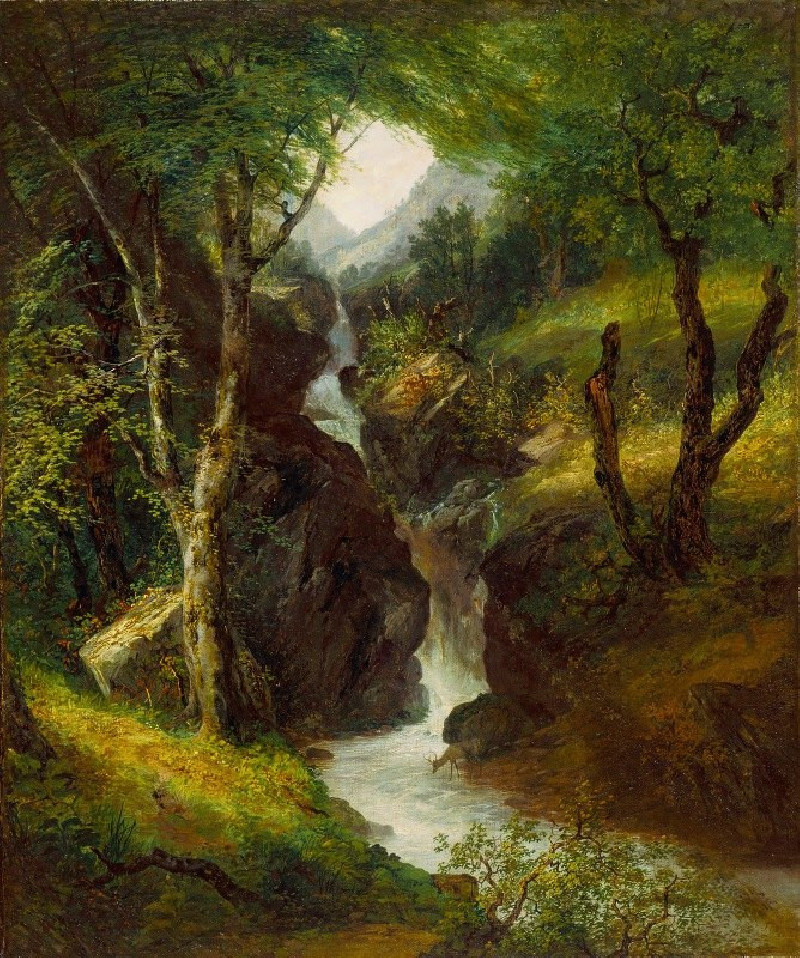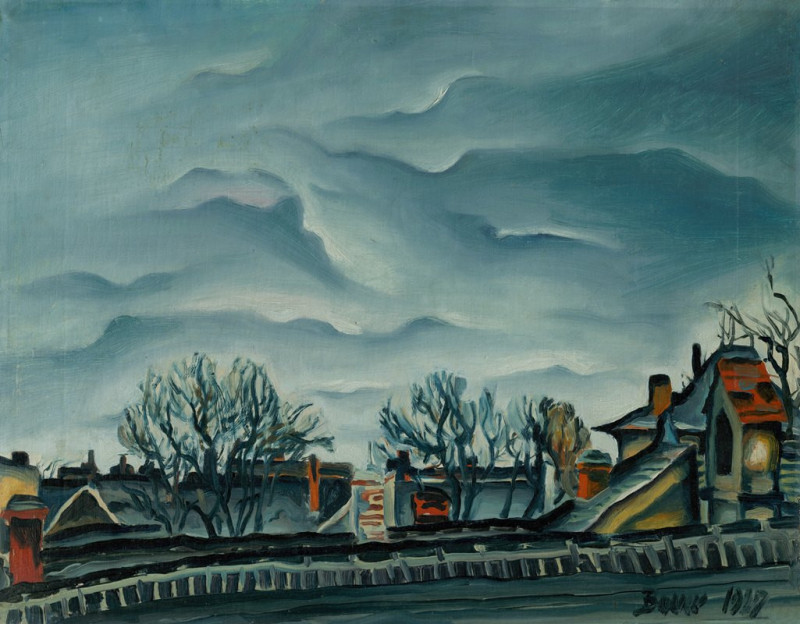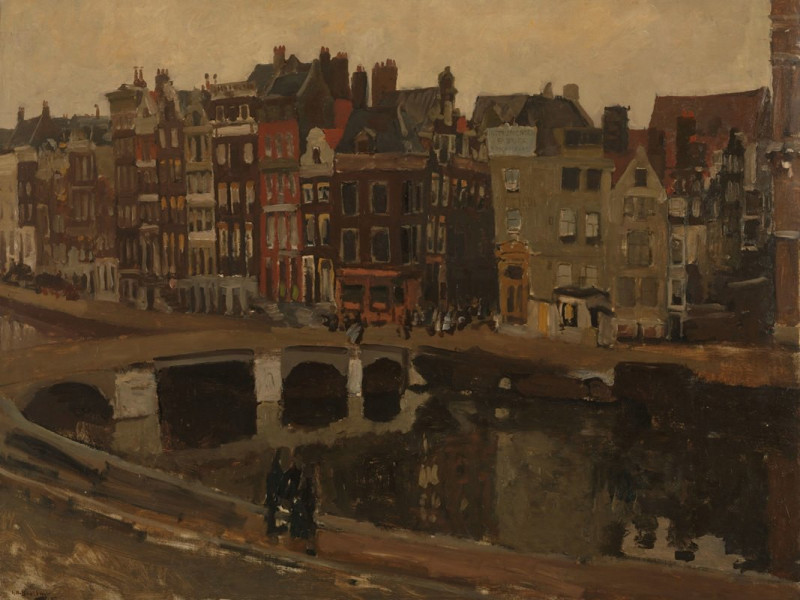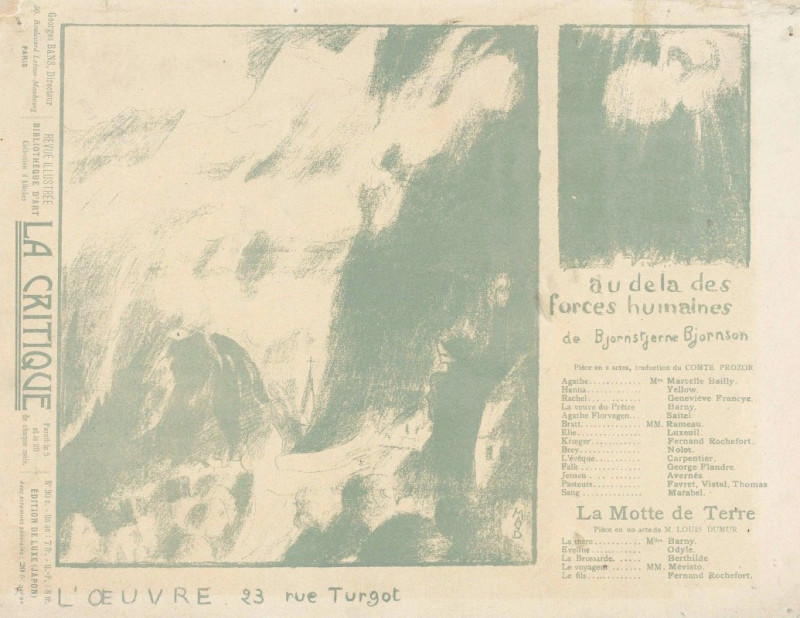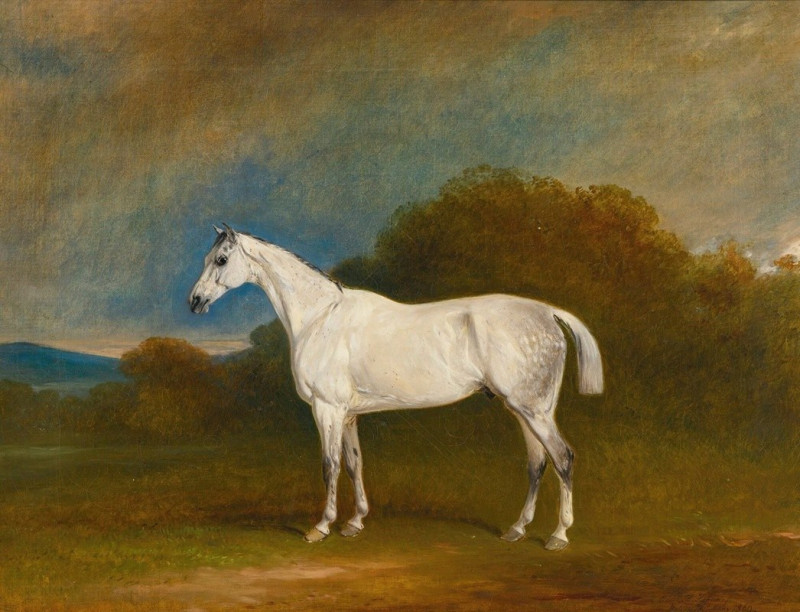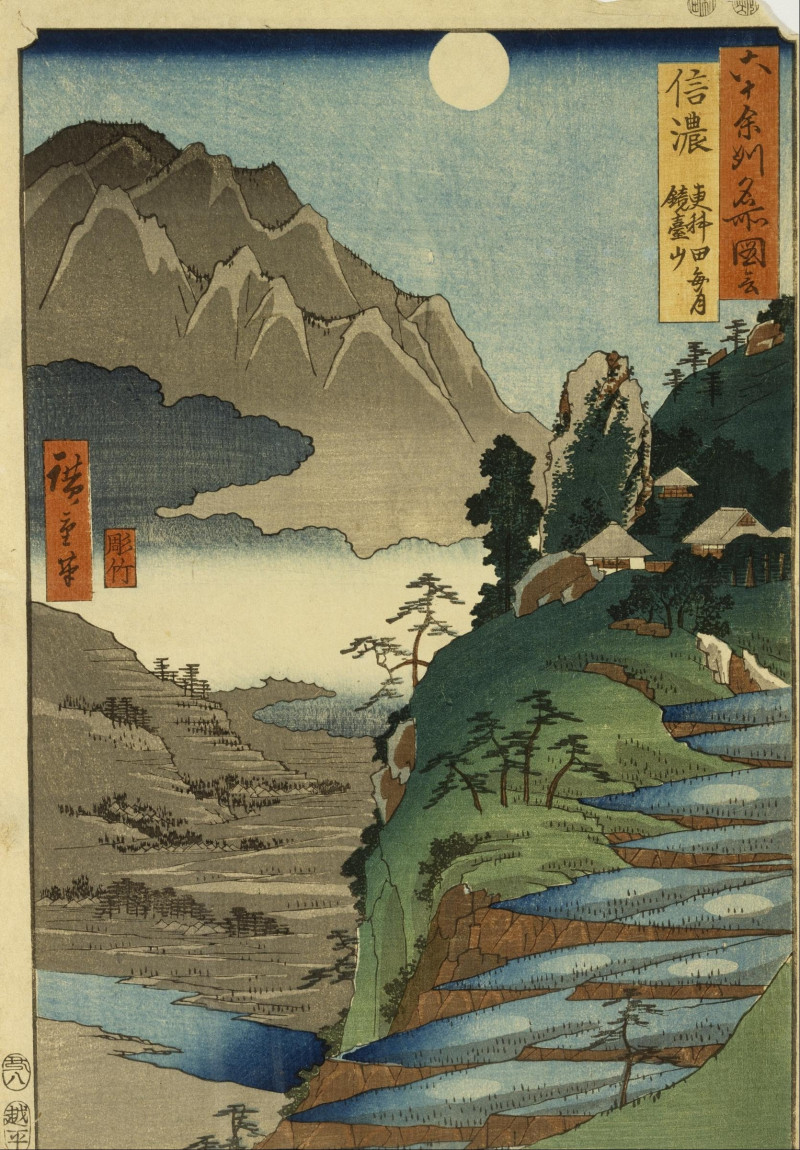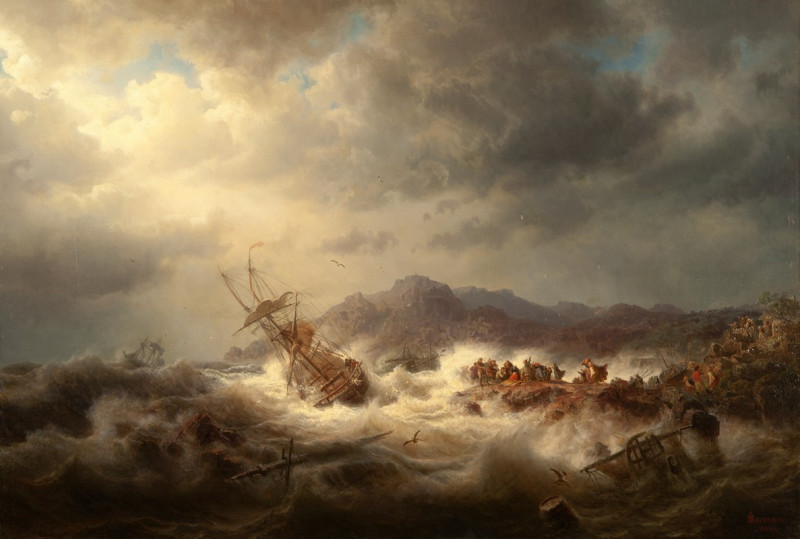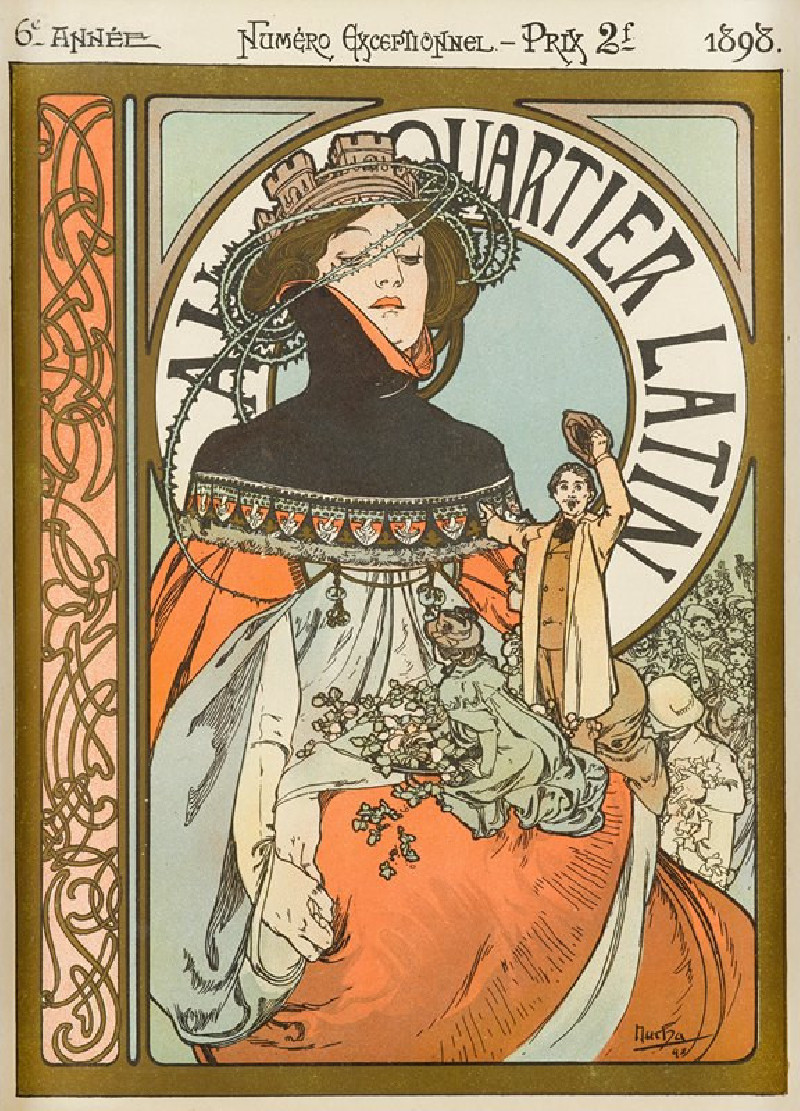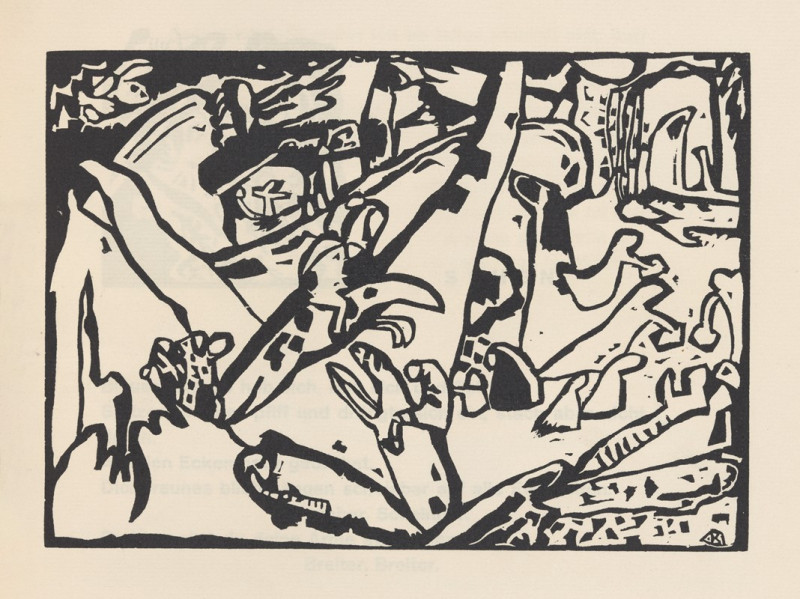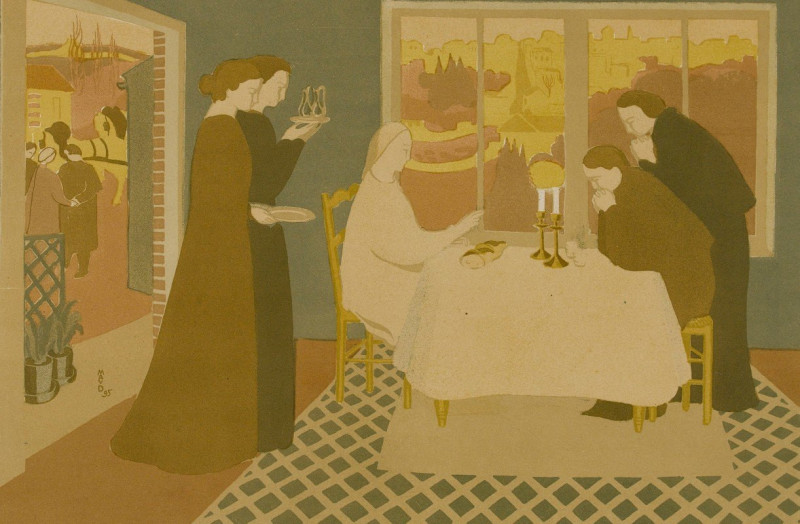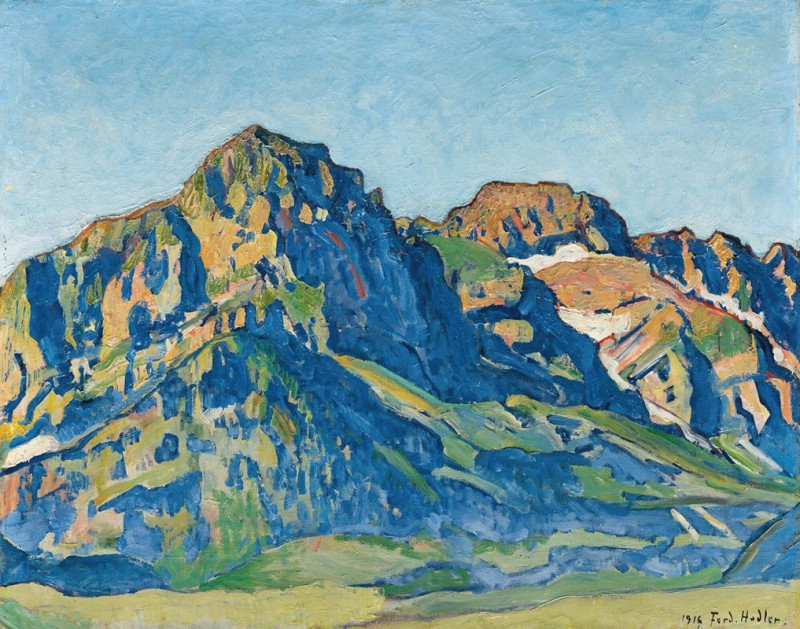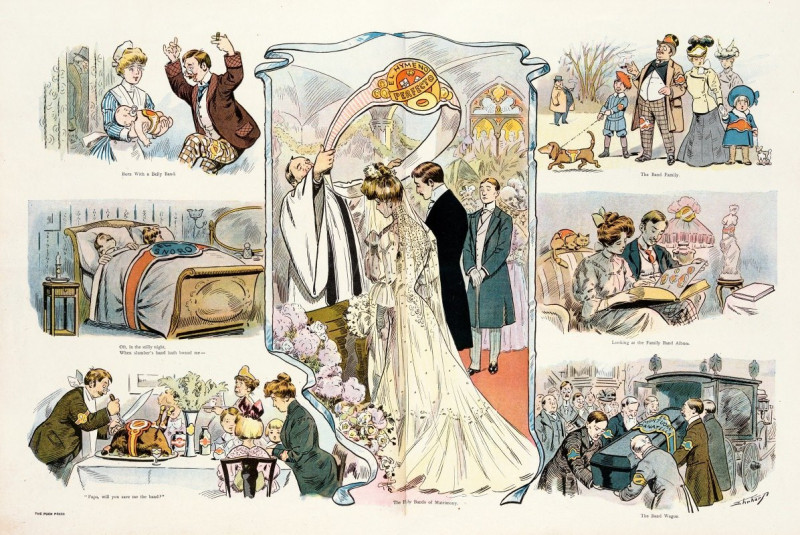Landscape with Cows, Sailboat, and Figures (1887–1914)
Technique: Giclée quality print
Recommended by our customers
More about this artwork
"Landscape with Cows, Sailboat, and Figures" is an evocative painting by German artist August Macke, created between 1887 and 1914. This artwork demonstrates Macke's compelling use of color and form to transform a simple pastoral scene into a vibrant, dynamic composition.The painting depicts a tranquil rural setting where two cows are the immediate focal points. These animals are rendered in robust, earthy tones of brown and orange, symbolizing their strong, grounded presence within the landscape. Behind them, the scene opens up into a mosaic of colorful patches representing various elements of rural life.A sailboat gracefully glides on what appears to be a body of water, its sail bright against the surrounding hues, adding a sense of movement and tranquility to the scene. Beyond the boat, small figures can be discerned, possibly engaging in daily activities, which adds a human element to the natural scenery.Macke's use of stark, vivid colors and bold brushwork conveys not just the visual beauty of the landscape, but also the lively interplay of light and shadow. The composition is a brilliant example of how Macke blended elements of Expressionism and Cubism, bringing an abstract quality to familiar scenes.This painting invites viewers to immerse themselves in a peaceful countryside while also appreciating the abstract beauty that Macke masterfully presents through his unique artistic vision.
Delivery
Returns
August Macke (3 January 1887 – 26 September 1914) was a German Expressionist painter. He was one of the leading members of the German Expressionist group Der Blaue Reiter (The Blue Rider). He lived during a particularly innovative time for German art: he saw the development of the main German Expressionist movements as well as the arrival of the successive avant-garde movements which were forming in the rest of Europe. Like a true artist of his time, Macke knew how to integrate into his painting the elements of the avant-garde which most interested him.

